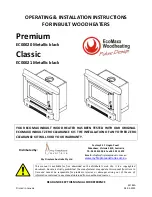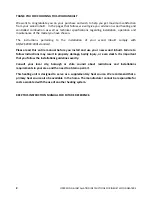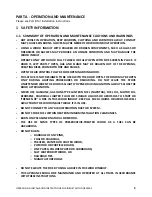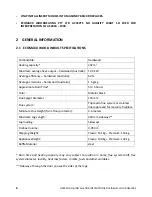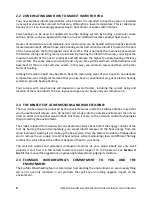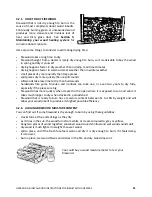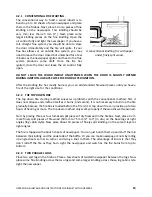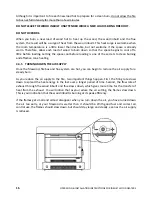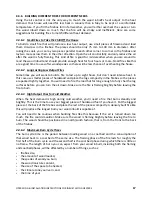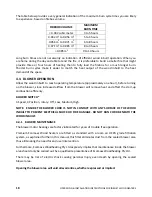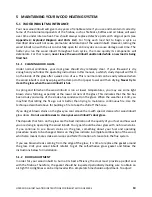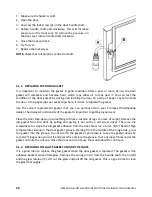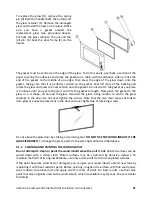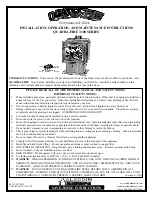
10
OPERATING
&
INSTALLATION
INSTRUCTIONS
FOR
INBUILT
WOOD
HEATERS
3.2
HOW
TO
PREPARE
OR
BUY
GOOD
FIREWOOD
3.2.1
WHAT
IS
GOOD
FIREWOOD?
Good
firewood
has
been
cut
to
the
correct
length
for
the
wood
inbuilt,
split
to
a
range
of
sizes
and
stacked
in
the
open
until
its
moisture
content
is
reduced
to
11
to
16
percent.
3.2.2
TREE
SPECIES
The
tree
species
the
firewood
is
produced
from
is
less
important
than
its
moisture
content.
The
main
difference
in
firewood
from
various
tree
species
is
the
density
of
the
wood.
Hardwoods
such
as
gums,
Manuka
or
ironbark
are
denser
than
softwoods.
Hard
wood
will
produce
long
‐
lasting
coal
beds
combined
to
more
heat
and
longer
burn
cycles.
Old,
leaky
cast
iron
wood
inbuilts
wouldn’t
hold
a
fire
overnight
unless
they
were
fed
large
pieces
of
hardwood.
That
is
no
longer
true.
You
can
successfully
heat
your
home
by
using
less
wood
and
give
the
forest
a
break
at
the
same
time.
3.2.3
LOG
LENGTH
Logs
should
be
cut
about
25
mm
shorter
than
the
firebox so
they
fit
in
easily.
Pieces
that
are
slightly
too
long
make
loading
the
wood
inbuilt
very
difficult.
The
most
common
standard
length
of
firewood
is
400
mm.
The
pieces
should
be
a
consistent
length,
with
a
maximum
of
25
mm
variation
from
piece
to
piece.
3.2.4
PIECE
SIZE
Firewood
dries
more
quickly
when
it
is
split.
Large
unsplit
rounds
can
take
years
to
dry
enough
to
burn.
Even
when
dried,
unsplit
logs
are
difficult
to
ignite
because
they
don’t
have
the
sharp
edges
where
the
flames
first
catch.
Logs
as
small
as
75
mm
should
be
split
to
encourage
drying.
Wood
should
be
split
to
a
range
of
sizes,
from
about
75
mm
to
150
mm
in
cross
section.
Having
a
range
of
sizes
makes
starting
and
rekindling
fires
much
easier.
Often,
the
firewood
purchased
from
commercial
suppliers
is
not
split
finely
enough
for
convenient
stoking.
It
is
sometimes
advisable
to
resplit
the
wood
before
stacking
to
dry.

